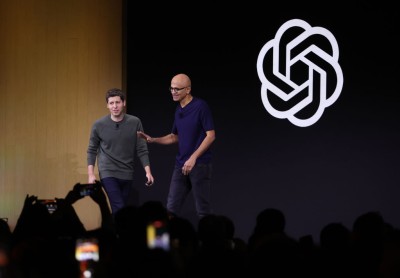
OpenAI Recapitalization: Reshaping AI Governance Through a Dual Corporate Structure
OpenAI has completed its long-awaited recapitalization, marking a fundamental change in its legal and financial structure.
The move divides the organization into a for-profit entity managed under a non-profit foundation. It concludes a complex process that faced resistance from co-founder Elon Musk.
Under the new framework, the OpenAI Foundation will legally control a public benefit corporation named OpenAI Group. This structure allows OpenAI Group to raise funding and pursue acquisitions more freely. The foundation retains a significant ownership stake and will appoint the board of directors.
Balancing Profit and Public Benefit
OpenAI Chairman Bret Taylor said the new structure reflects the organization’s global responsibility. He emphasized that powerful technologies must advance collective interests, not narrow ownership goals. In a company blog post, Taylor said the recapitalization ensures sustainable progress in artificial intelligence.
The OpenAI Foundation will own 26% of the for-profit entity. Microsoft will hold about 27%, valued near $135 billion, with the remainder divided among investors and employees. Microsoft’s share also includes extended intellectual property rights for OpenAI models through 2032.
New Oversight and Verification Frameworks
If OpenAI declares the achievement of artificial general intelligence, it must undergo external verification. An independent expert panel will evaluate the claim, ensuring accountability and transparency in AI milestones.
The company’s restructuring follows years of tension between governance ideals and funding realities. As OpenAI expanded, its non-profit model limited capital access and flexibility. The recapitalization resolves those limitations while retaining a public-benefit oversight layer.
Investor and Regulatory Alignment
SoftBank’s $30 billion investment, announced in April, depended on OpenAI’s conversion to a for-profit entity. The recapitalization finalizes that condition, unlocking the final installment of funding. This transition was approved by California and Delaware attorneys general, subject to additional compliance measures.
California’s agreement requires OpenAI to mitigate risks to teens and other groups. It also mandates continued oversight of how AI and AGI systems are deployed. Taylor described these discussions with regulators as productive and beneficial to the public interest.
A New Era for AI Governance and Investment
The new OpenAI recapitalization structure illustrates how AI companies are evolving to handle both innovation and accountability. It represents a hybrid approach that combines private investment with public oversight. For the broader AI ecosystem, this model may influence how future labs align profit and ethical governance.
Following the announcement, CEO Sam Altman announced a public livestream with Chief Scientist Jakub Pachocki. The event aims to address questions from the community about the company’s direction under its new framework.
What Comes Next for AI Governance?
OpenAI’s dual structure raises an open question. Can a for-profit AI model remain fully accountable to public benefit principles?
Explore Business Solutions from Uttkrist and our Partners’, Pipedrive CRM (2X the usual trial with no CC and no commitments) and more at uttkrist.com/explore



